
With Pike & Shotte Epic Battles now available for pre-order, and plenty of pre-order collections available to get you the most bang for your buck (or possibly pike for your pound?), it’s the perfect time to think about what sort of force you want to put together – but what makes a Pike & Shotte force in the first place? Helpfully, I managed to collar Pike & Shotte’s author, Steve Morgan, to pick his brains on this very subject! In between frenzied muttering about “falling buffs” and “confined breeches”, he provided some very useful advice indeed! In this article, we’ll very much focus on the English Civil Wars, but future features will centre on building armies of the Thirty Years’ War.
The English Civil Wars are a really free and liberating period of history to model and wargame. While many regimental uniform colours and flags are well-documented, many more are not. This means that it’s equally possible to have an army based entirely on historical forces as it is to have one that simply appeals to your aesthetic sensibilities (I foresee a lot of brick-red coats in my future!) – there really is no wrong way to go about it! For those completely new to the period, or (like myself) with only the most basic understanding, a little bit of light reading beforehand is always useful. Our friends at Osprey Publishing have a number of titles on the subject, with plenty of colour plates to draw inspiration from, while the Warlord Games Design Studio swears by Philip Haythornthwaite’s The English Civil War 1642-1651 – An Illustrated Military History (seriously, there are about five copies within arm’s reach as I write this!).
Troops of the Pike & Shotte era were generally mustered into tactical formations known as ‘battalia’ – roughly analogous to the brigade of later periods. These would be led by a senior officer, and while there is no formal limit to the number of units in an individual battalia, it becomes (both on the tabletop and in real life!) much more difficult to control a formation the more units it has. We leave it up to you to arrange your battalia according to personal preference and historical record, and handily you’ll have plenty of commander and ensign miniatures to lead your men, courtesy of the cavalry sprue.
When building up your army, Steve recommends starting with some infantry – a great first battalia is made up of three combined pike and shotte units (the Infantry Battalia boxed set has you covered here) and one other unit such as commanded shotte or dragoons. This gives you a rock-solid starting point from which you can tailor your force into whatever you prefer – for poorer or less well-equipped forces such as the Royal Cornish, a couple of individual pike blocks is a characterful addition, while for later-war or better-equipped forces, add a couple of independent units of musketeers. This basic building block can be repeated as often as desired, giving you the eponymous pike and shotte of the era.

One thing Steve was very keen to point out was that the vast majority of Pike & Shotte armies in 28mm don’t field nearly enough cavalry! Now, in fairness, nobody really likes painting endless horses, but armies of the period actually had a very high proportion of cavalry – often close to a 1:1 ratio! In Epic Battles scale, painting cavalry is much, much quicker and simpler, so it’s never been easier to assemble your massed horsemen! Handily, the Cavalry Battalia boxed set has plenty of cavalry dash for your army. For a ‘classic’ English Civil Wars cavalry battalia, three or four units of horse backed up by some dragoons and (if you’re feeling particularly fancy) some armoured cuirassiers. If you build your army to the formula of ‘do an infantry unit, do a cavalry unit’, you’ll have a proper host in no time at all! Cavalry also has the great advantage of not having so much of a ‘uniform’ appearance, so there’s plenty of variety to be had when painting.
For the artillery (or ordnance), there’s a couple of different options. Cannons of the period were unreliable, extremely difficult to move, and often of more use as psychological weapons rather than physical ones. For this reason, they were usually deployed in batteries of three, either emplaced all as one formation or attached as individual batteries to various other battalia. Normally the heavier Sakers would form the main artillery ‘park’, while the lighter Falconets would be assigned to the infantry and cavalry battalia to provide slightly more mobile fire support. Historically, artillery was expensive and required significant expertise to operate effectively (many gunners and senior artillery officers during the English Civil Wars were veterans from the Continent), so it was by no means as common as it would become in later centuries. With both saker and falconet included on the Cavalry frame, you’ll have no shortage of things that go ‘boom’!
Special Edition Miniature FREE with Selected Pre-Order Collections
We’ve put together a selection of special offers designed to kick-start your Pike & Shotte Epic Battles collection. Many of these are concerned with shoring up the cavalry element of a new Pike & Shotte Epic Battles army, particularly the ‘Battle of…’ and ‘Cavalry Wing’ collections, so you can more easily achieve that 1:1 ratio of troops alluded to by Steve.
In addition to netting you a saving against purchasing their contents separately, many of these offers contain an exclusive resin gun emplacement model as shown above. Also known as gabions, these military fortifications were made from wickerwork formed into the shape of large round cages with open tops and bottoms – used, chiefly in the era of Pike & Shotte, to protect field artillery gunners.
With that, you’ve got all the information you need to get your Pike & Shotte: Epic Battles force looking just right for the English Civil Wars – now, raise the standard (royal or otherwise!) and prepare to march!
Push Of Pike Battle-set
Pike & Shotte Epic Battles: Push of Pike provides you with all the information you need to refight the wars that raged across Europe in the seventeenth century in an epic scale, with period-specific additions that capture the tactics, conditions, and prominent personalities of both these cataclysmic conflicts.
Pike & Shotte Epic Battles – Push of Pike battle set contains:
- Tan and grey hard plastic figures: 6 mounted battalia commanders, 6 ensigns, 6 mounted cornets, 14 combined pike & shot regiments (80 soldiers each), 36 commanded shotte, 60 cavalry, 12 cuirassiers, 18 mounted dragoons, 30 dismounted dragoons, 6 Saker cannon and 6 Falconet light guns
- Green plastic bases for all figures
- A5 260-page Pike & Shotte Epic Battles rulebook
- Quick Play reference card
- Assembly & painting guide leaflet
- Flag sheets for both the English Civil Wars and the Thirty Years’ War
- Laser-cut MDF fortified manor house complex
- Six D6 dice
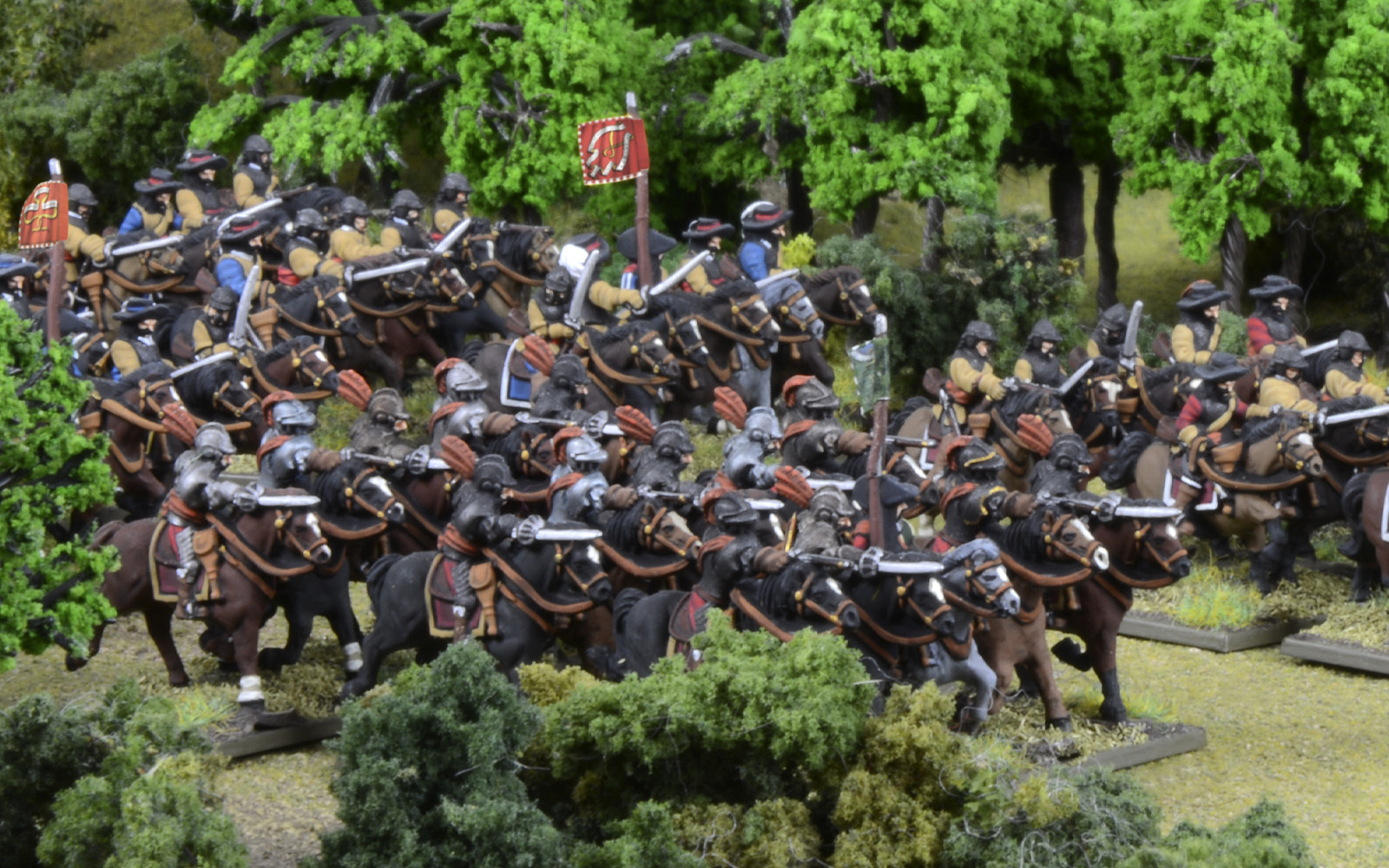
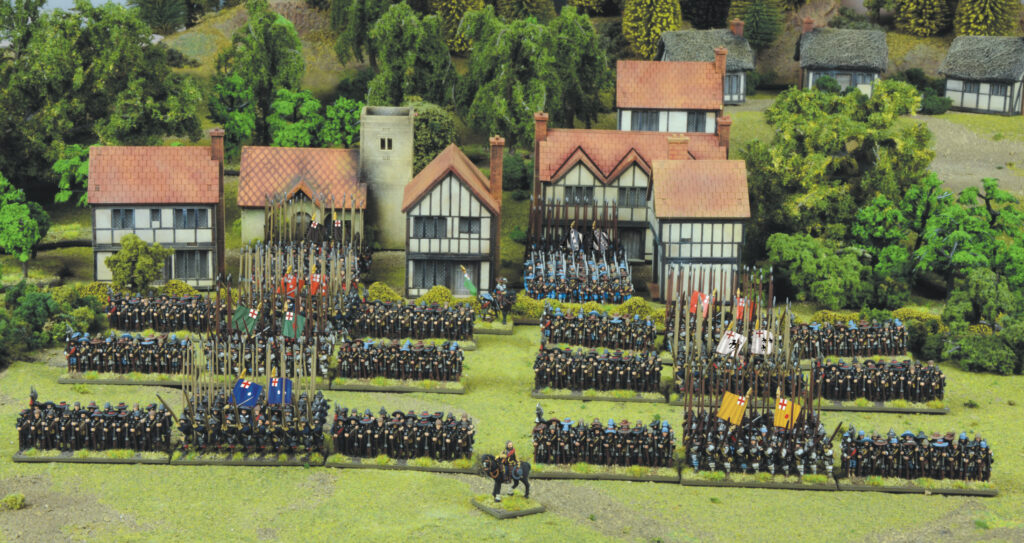
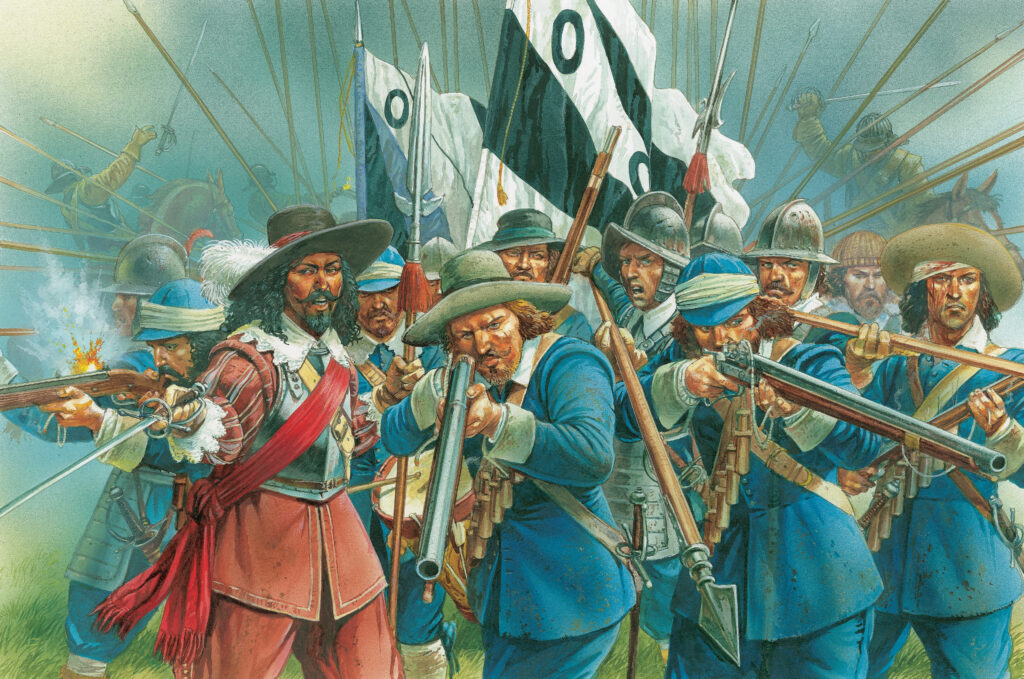
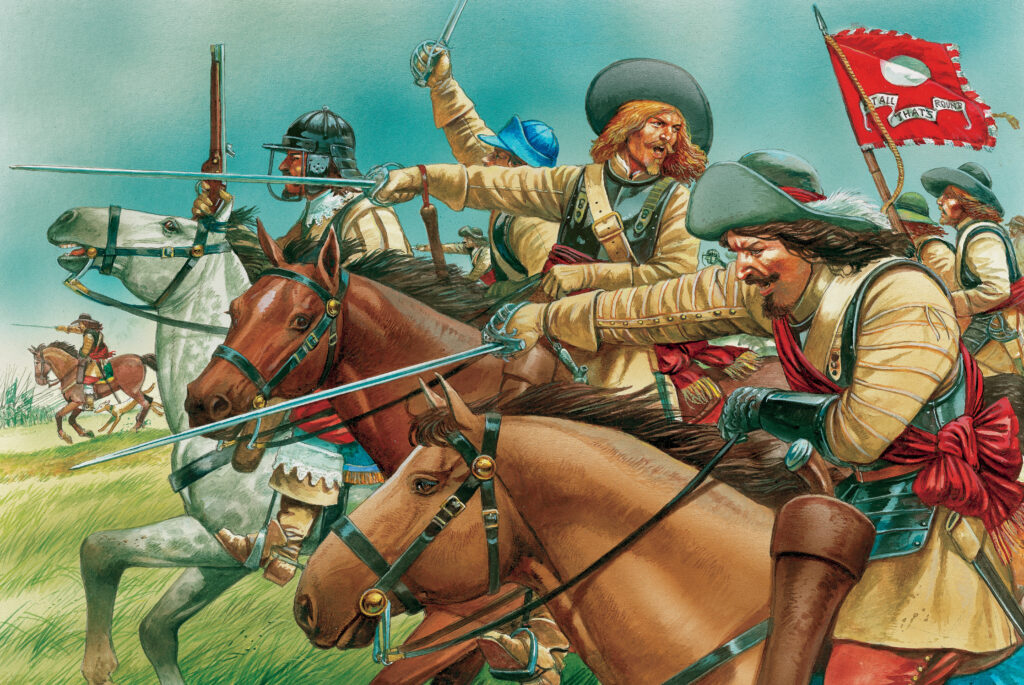
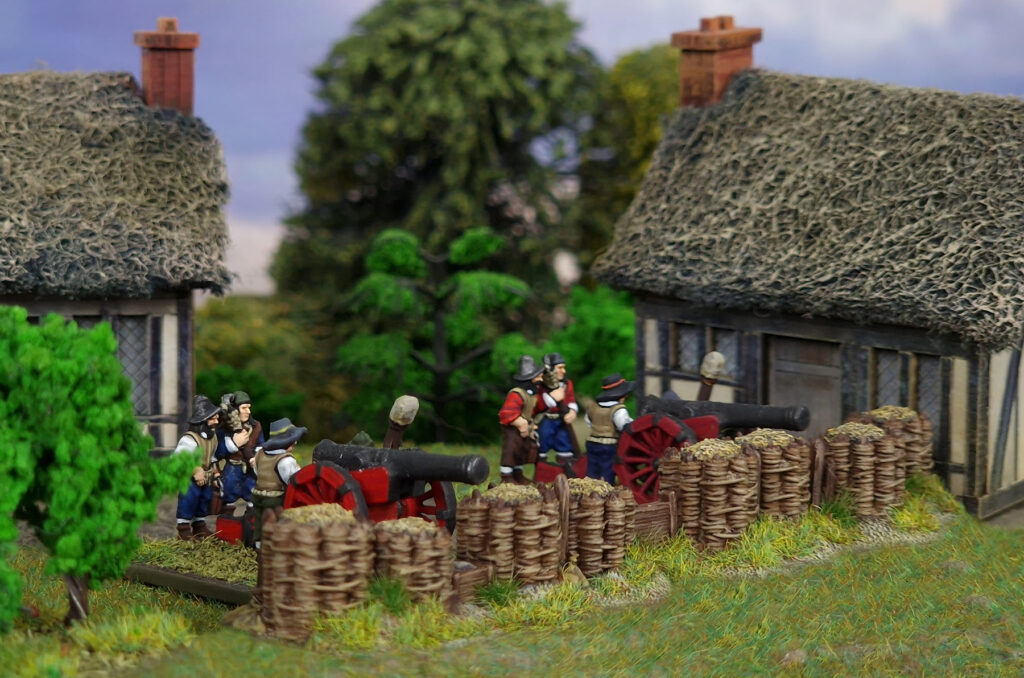
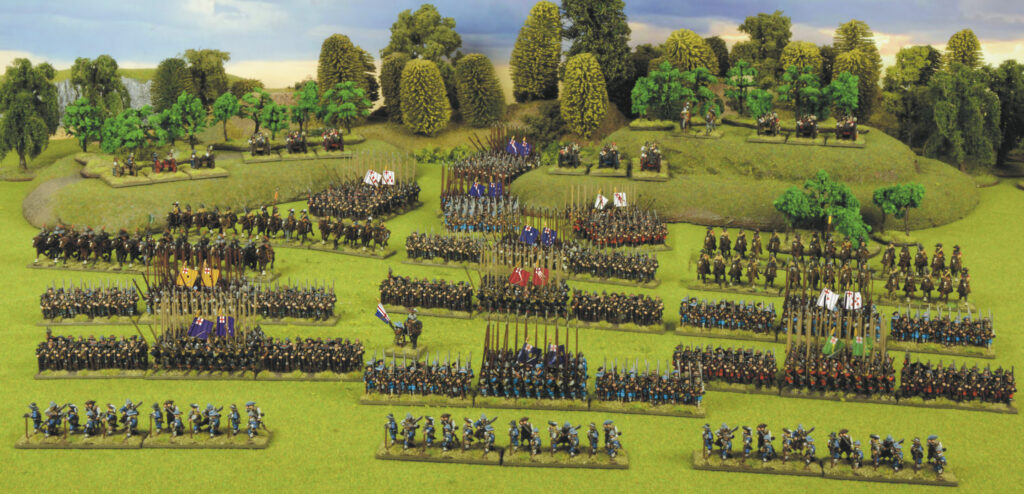
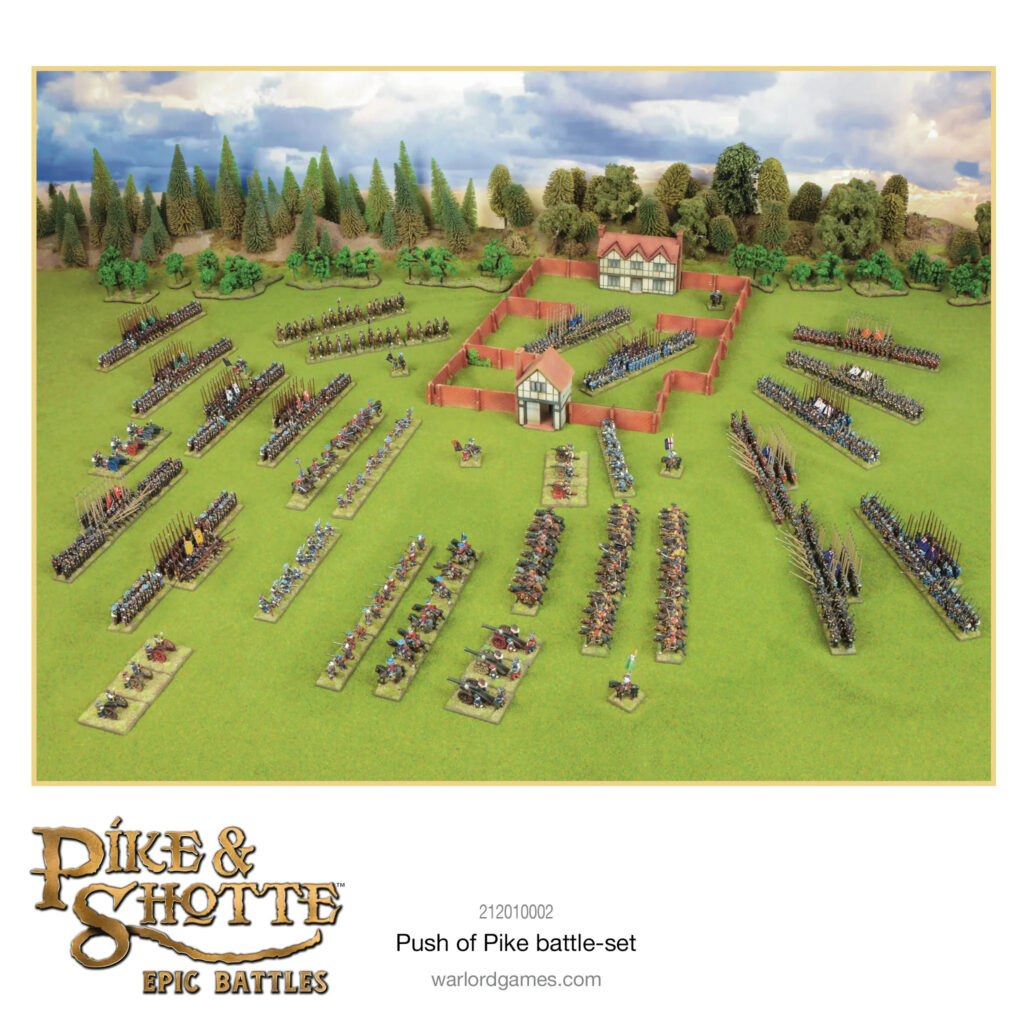
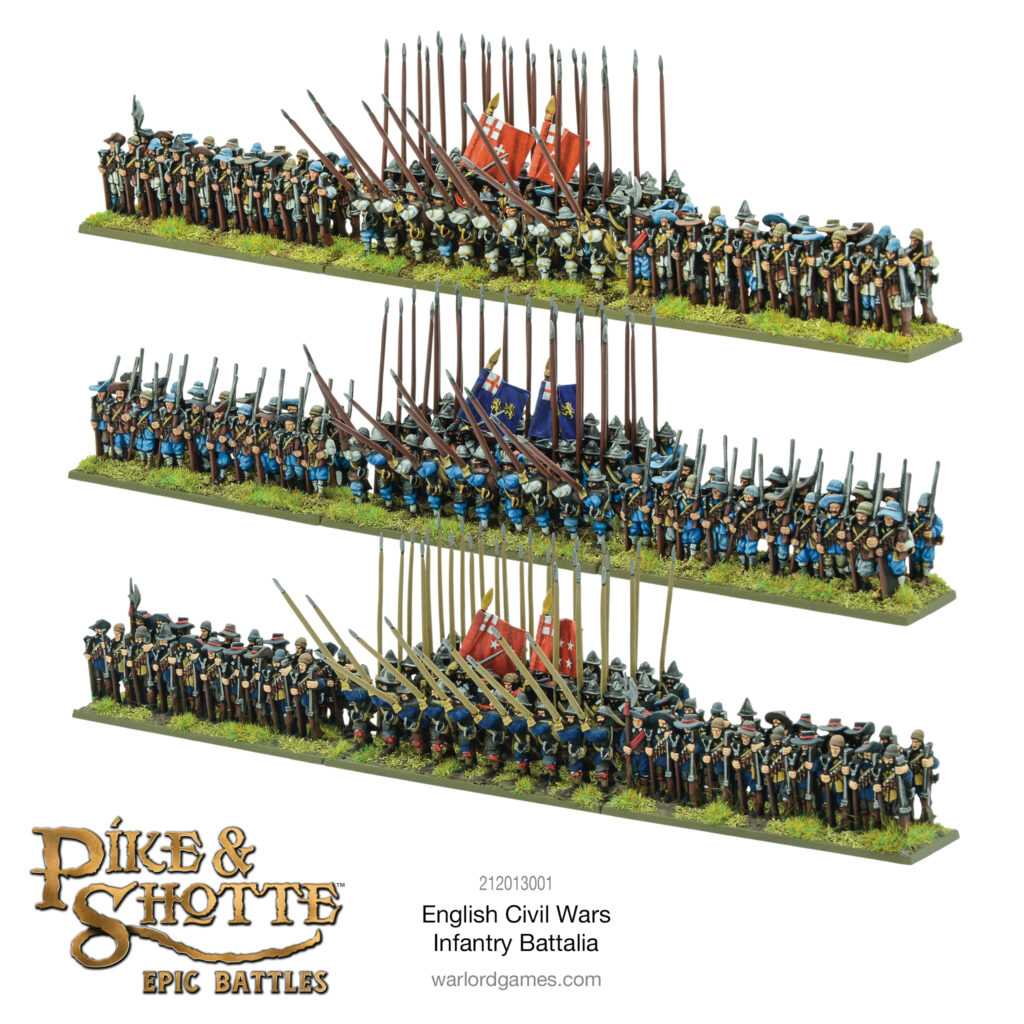
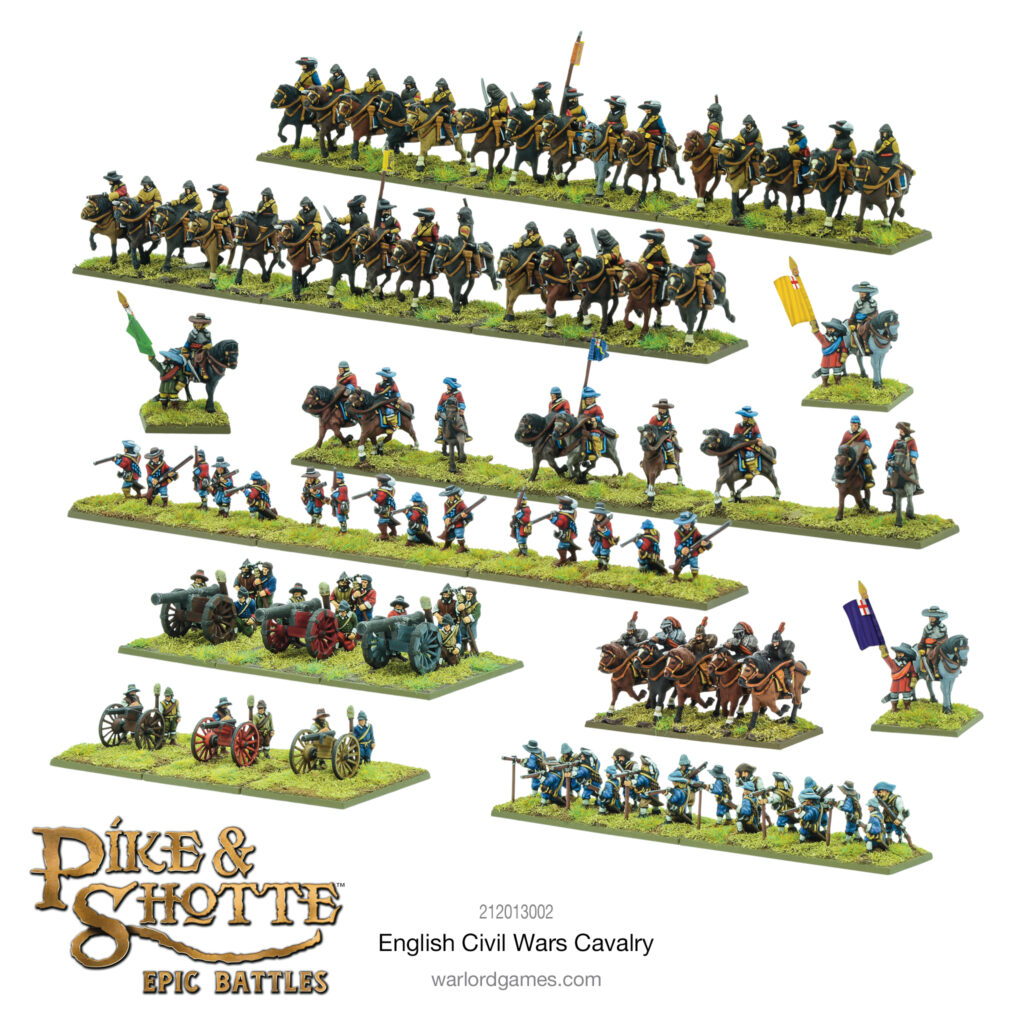
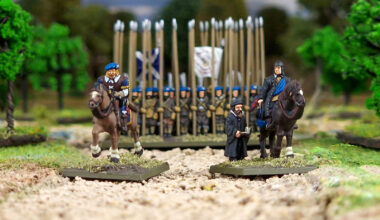
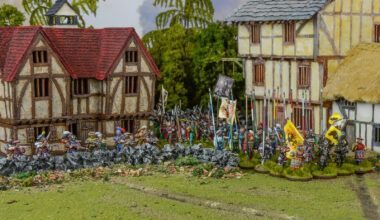
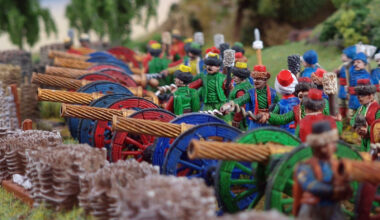
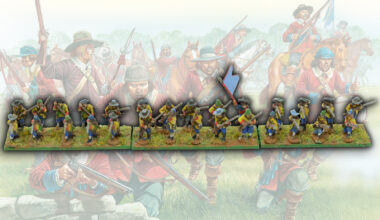
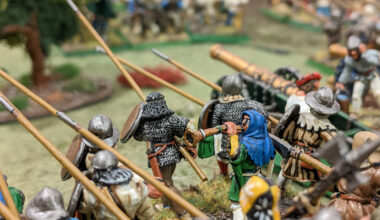
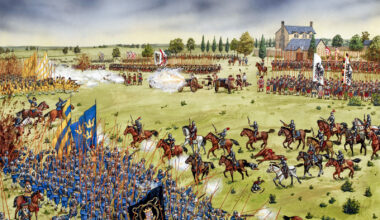
2 comments
Do they rules including seperate Rmy lists for the 30 years war such as Spanish, Swedish etc. Or is it just one big army list that you have to tailor yourself
I want to get my Tercio on
In the Pike & Shotte Epic Battles rulebook there are two Thirty Years’ War army lists. Protestant Alliance armies are covered by a Swedish Army List, whilst an Imperial Army List serves ably for various Imperialist forces. For more specific army lists, those found in The Devil’s Playground supplement remain compatible for use with the new Epic Battles scale miniatures.
Comments are closed.